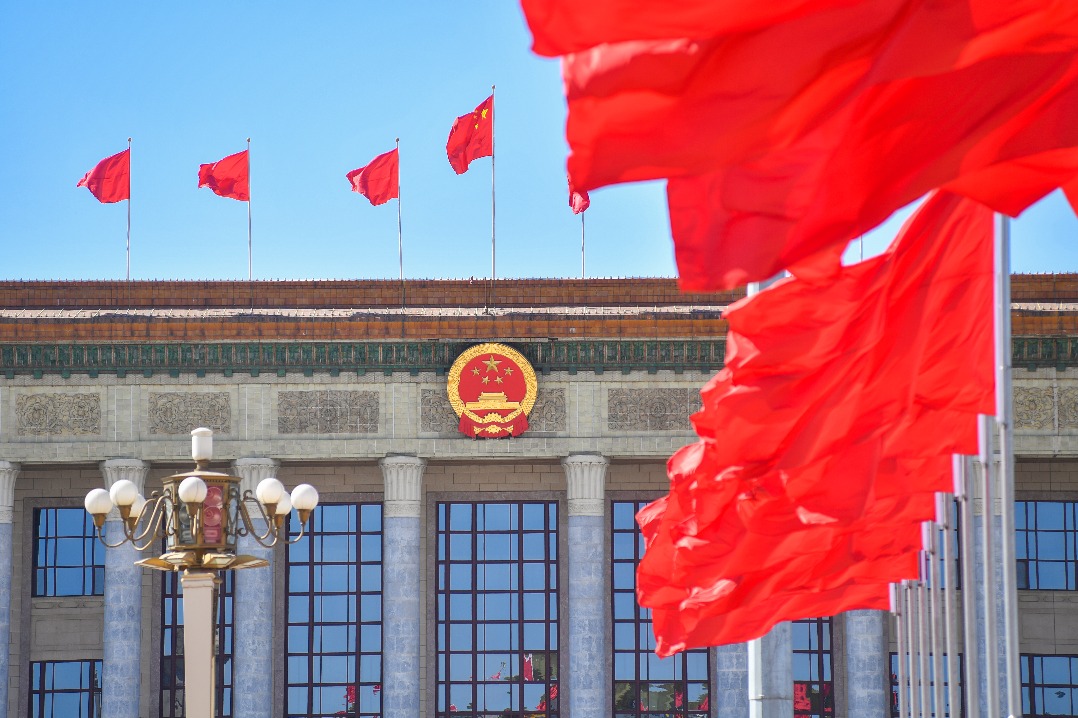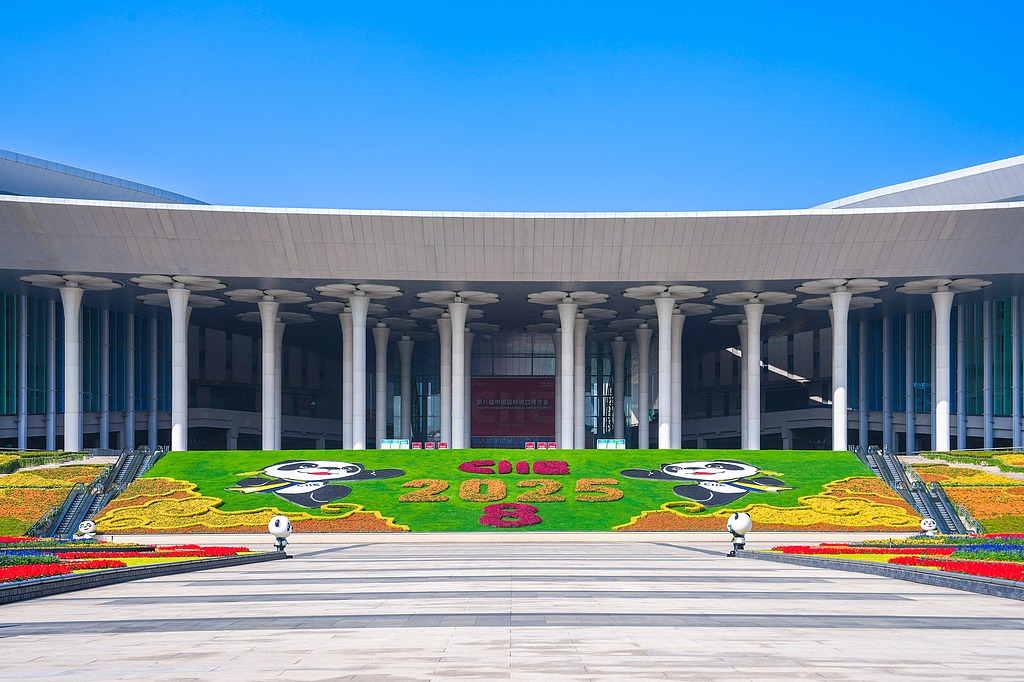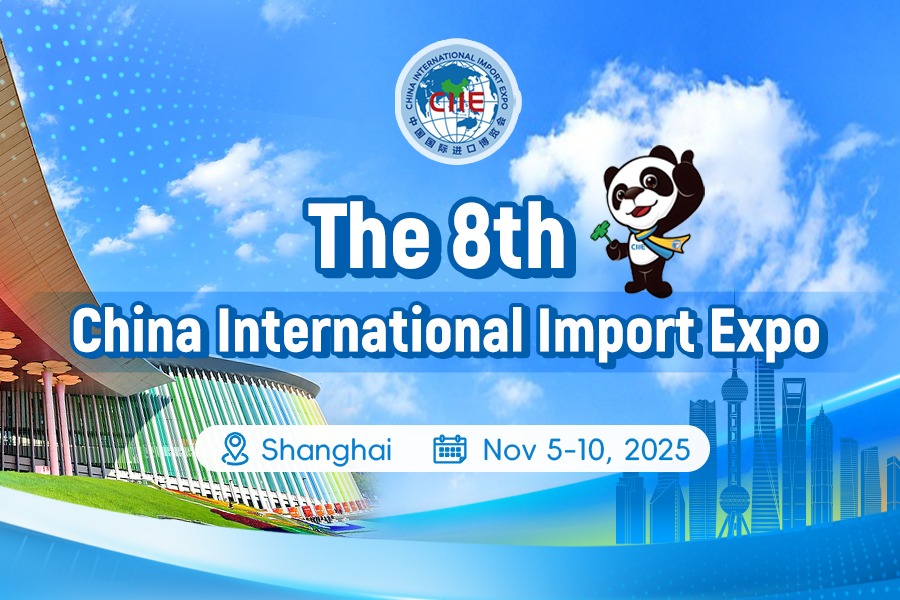Chinese play starring roles at Microsoft

Harry Shum
Harry Shum is the second Chinese-American engineer in Microsoft history to assume the role of executive vice-president. Previously he had led Bing product development as corporate vice-president.
Born in Nanjing, China in 1966 and with a doctorate in robotics from Carnegie Mellon University, Shum joined Microsoft Research in 1996, where he worked as a researcher on computer vision and computer graphics.
In 1999, Shum moved to Beijing to help start Microsoft Research China (later renamed Microsoft Research Asia). His tenure there began as a research manager and subsequently moved up to assistant managing director, managing director of Microsoft Research Asia, distinguished engineer and corporate vice-president. In 2007, Shum became Microsoft corporate vice-president responsible for Bing product development.
Shum served on the editorial board of the International Journal of Computer Vision, and was a program chair of the International Conference of Computer Vision in 2007. Shum has published more than 100 papers in computer vision, computer graphics, pattern recognition, statistical learning and robotics. He holds more than 50 US patents.
Another name well-known among the Chinese-American engineers is Xuedong Huang, who is best known for founding and leading Microsoft's speech recognition initiatives. He is also known for his pioneering work on Microsoft's multimodal interactive MiPad prototype that Bill Gates demonstrated at the Consumer Electronics Show in his keynote speech in 2001.
Huang grew up in Hunan, China and became a US citizen in 1995. He received his BS degree in computer science from Hunan University in 1982 at the age of 19, his MS in computer science from Tsinghua University in 1984, and his PhD in Electrical Engineering from University of Edinburgh in 1989.
He joined Carnegie Mellon University in 1989 and worked with Raj Reddy and Kai-Fu Lee on speech recognition. At CMU, Huang directed Sphinx-II speech system research and had the best overall performance in every category of DARPA's 1992 benchmarking. He received the Allen Newell research excellence medal for his leadership in speech recognition in 1992, and IEEE Speech Processing Best Paper Award in 1993. He became an IEEE Fellow in 2000.
Huang was instrumental in introducing Microsoft's Speech Application Programming Interface (SAPI) and speech recognition/TTS technologies to the public.
Huang is currently leading the company's advanced technology group, which has helped to ship Bing Torque, CNTK, Project Oxford, and Hyperlapse.
From 2009 to 2014, he served as the architect for Bing and worked on massive scale machine learning on intent understanding, mobile and ranking that enabled Bing's significantly improved search quality.
Now Huang also serves as Hunan University's honorary dean of the school of software engineering. On his LinkedIn page, he said, "I'm excited that I am now 'back' to my alumni university. Hunan University is located in my wonderful home town Changsha and her academic history is dated back to the Yuelu Academy founded over 1,030 years ago!"
Today's Top News
- Shenzhou XX crew's return trip delayed due to space debris risk
- Ever-evolving Canton Fair highlights China's commitment to innovation, global cooperation
- 8th China International Import Expo opens in Shanghai
- China postpones Shenzhou XX return mission
- Xi, Fiji president exchange congratulations on 50th anniversary of ties
- AI can boost energy security in APEC






























